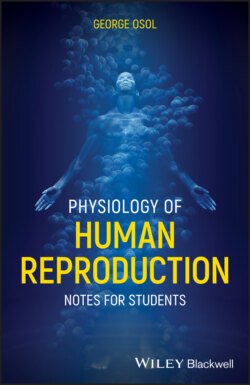Читать книгу Physiology of Human Reproduction - George Osol - Страница 7
Introduction
ОглавлениеExpediency of communication, instant access, and a vast database to surf and learn from are undeniable benefits of our digital age. At the same time, some valuable things have gone, or are going, by the wayside, note‐taking among them. These days, students scribble on their tablets or laptops using digital styluses but rarely have subject notebooks filled with their own notes and interpretations. As a result, the need for coherent, readable notes has resurfaced and, in many of our undergraduate, graduate, and medical school classes here at the University of Vermont, we now solicit volunteer (and, sometimes, paid) notetakers specifically for this task. The intent of this short textbook is to fill that need, at least with regard to the physiology of human reproduction.
The notes are prefaced by a numbered list of close to 200 key concepts and terms. These are meant to be used as a tool: if you did not quite get a particular concept such as spermiogenesis (#34), for example, or the positive feedback mechanism underlying the LH surge (#97), you can simply skim through the list for the subject of interest, note its number, and quickly find it in the text, since the key topics are numbered sequentially and are highlighted in blue ink throughout. This allows you to approach the topic comprehensively by reading the entire section, or in a more targeted way by searching specific concepts. Either way, the text is intended to serve the same purpose: helping you learn about a fascinating area of physiology whose implications are remarkably broad, spilling over into personal, political, ethical, and legal realms, and whose functioning is essential for the continuation of our species.
